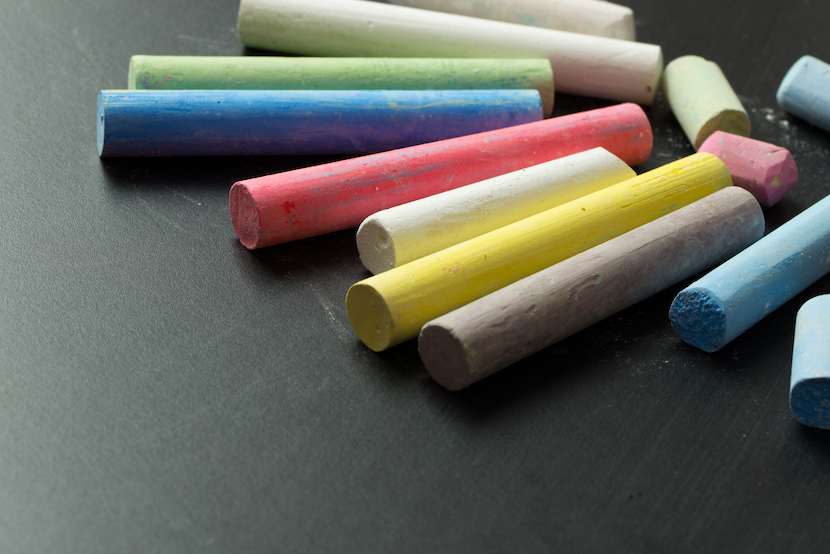Vuforia Chalk: A Deep Dive into the Future of AR Annotations

In today’s digital age, Augmented Reality (AR) is no longer a futuristic concept but a transformative tool reshaping various sectors. Vuforia Chalk is a frontrunner in leveraging AR for real-time support and collaboration. This innovative platform showcases how AR can bridge gaps in communication, making remote assistance as practical as face-to-face interactions. As with any technology, it’s essential to assess its strengths and potential areas of improvement. This article delves deep into the world of Vuforia Chalk, examining why you might opt for it and exploring the reasons to consider alternatives.
Understanding Vuforia Chalk
Vuforia Chalk stands out for its interactive visual communication capability. It allows users to annotate real-world objects using AR, enabling more straightforward and precise guidance. This method of real-time visual feedback transforms troubleshooting, teaching, and collaborative tasks.
Why Opt for Vuforia Chalk?
Before diving into potential challenges, let’s discuss the compelling reasons that might steer you toward Vuforia Chalk:
- Interactive Annotations: The core feature lets experts highlight areas of interest, making instructions crystal clear.
- Real-time Engagement: In scenarios where immediate feedback is vital, it allows experts and users to interact in real time.
- Broad Applications: Beyond troubleshooting, it finds utility in training sessions, product demos, and even educational contexts.
- User-Friendly Interface: The platform emphasizes intuitive design, ensuring that even those new to AR can navigate and utilize its features effectively.
- Integration Capabilities: For businesses with existing digital tools and platforms, it offers integrative capabilities, ensuring a smoother tech transition.
Challenges with Vuforia Chalk
Adopting any technological tool requires a holistic understanding of its limitations:
- Device Constraints: AR is resource-intensive. For those without high-end devices, the experience might be suboptimal.
- Connectivity Dependency: Stable internet is a must for a glitch-free AR experience. In areas with inconsistent connectivity, there’s potential for disruptions.
- Learning Curve: While it is designed for user-friendliness, AR might pose an adaptation challenge for some users.
- Context of Use: It excels in visual guidance but might need to be more skilled for tasks without specialized features.
Alternatives Worth Considering
While Vuforia Chalk has its merits, it operates within a competitive AR landscape:
- TeamViewer Pilot: Offering broad AR support, TeamViewer Pilot is versatile and might appeal to businesses seeking a comprehensive AR assistance tool.
- Help Lightning: The merging of visual feeds can be more intuitive in specific scenarios, allowing experts to demonstrate solutions visually.
- Scope AR’s WorkLink: WorkLink’s detailed AR instructions can be invaluable when dealing with intricate assembly or complex guidance.
- Microsoft Dynamics 365 Remote Assist: For enterprises integrated into the Microsoft ecosystem, this platform offers an immersive mixed-reality experience that might align better with their existing tools.
Final Thoughts
Vuforia Chalk is a testament to the potential of AR in revolutionizing real-time communication and assistance. Its strengths in offering interactive and precise guidance make it an attractive option for many. However, assessing its utility against specific requirements, the technological landscape, and long-term objectives is essential.
Choosing the ideal tool isn’t about generic superiority but alignment with needs. As AR continues its upward trajectory, understanding the nuances of platforms like Vuforia Chalk will be vital to harnessing the full potential of this groundbreaking technology.
Learn how Viewabo, a Visual Remote Support tool, helps enhance customer experiences.
